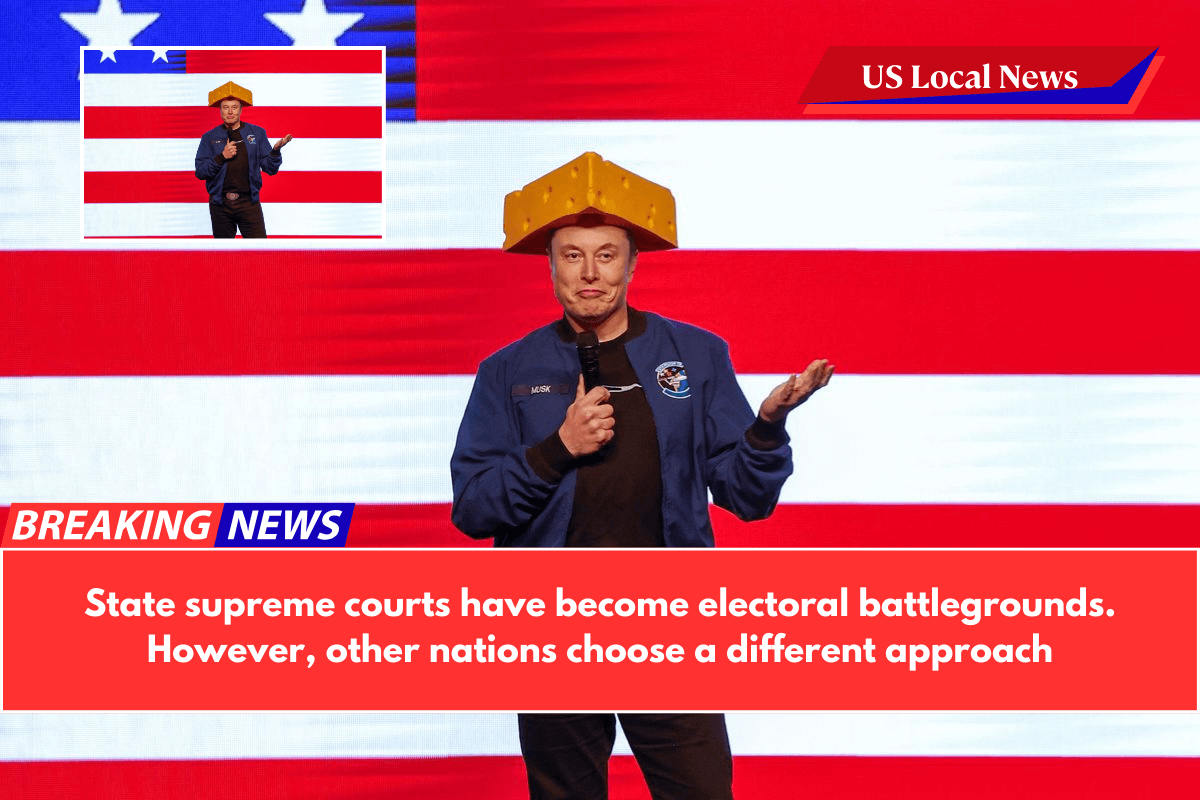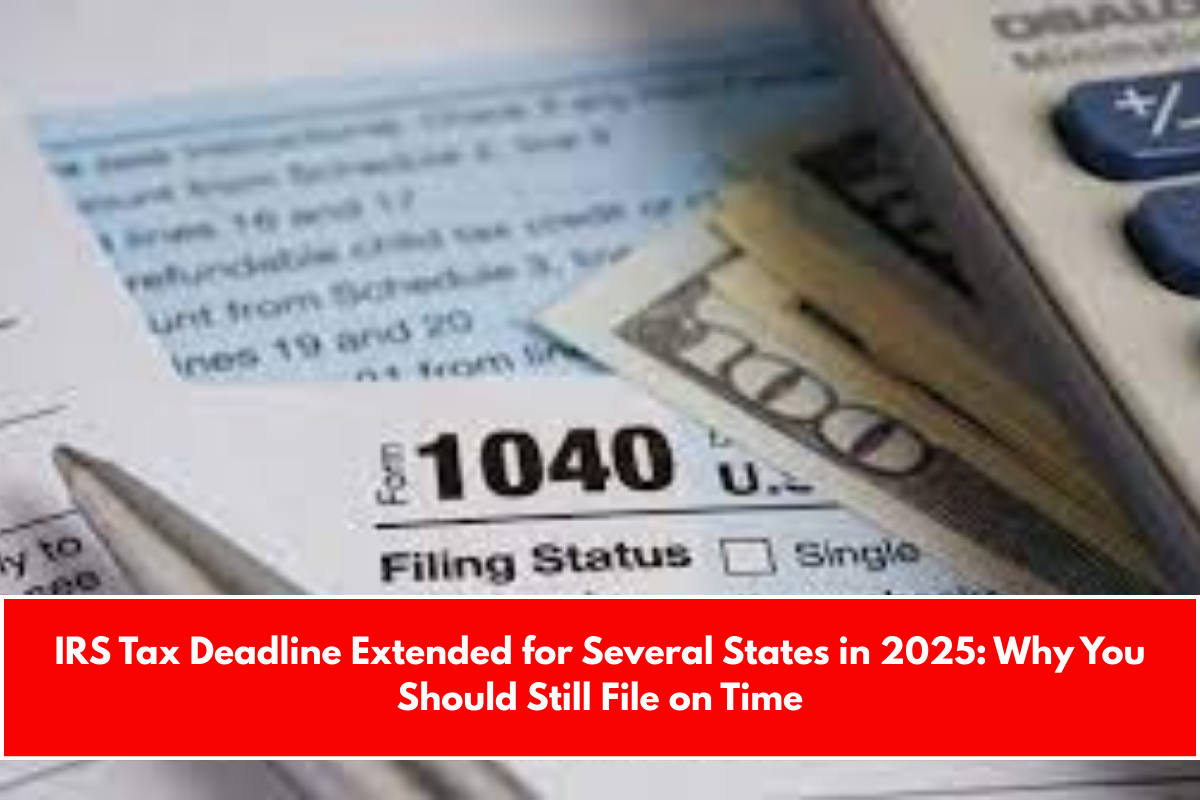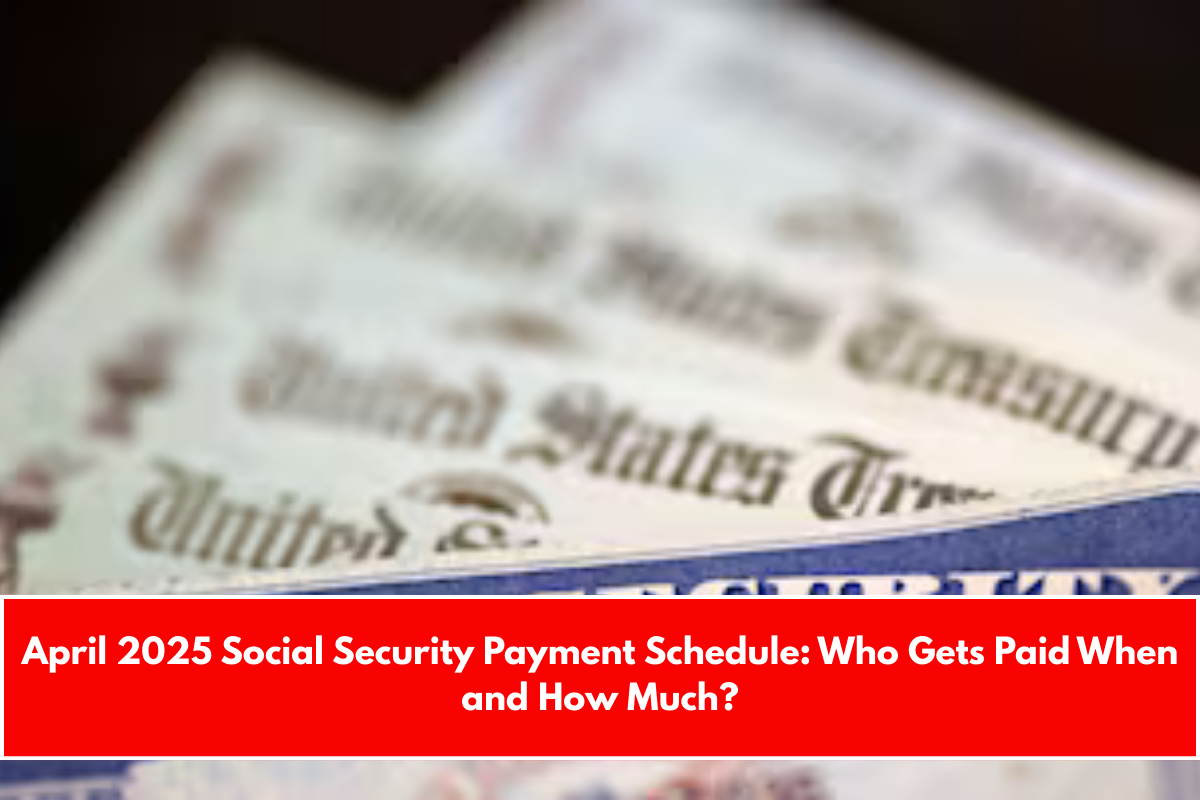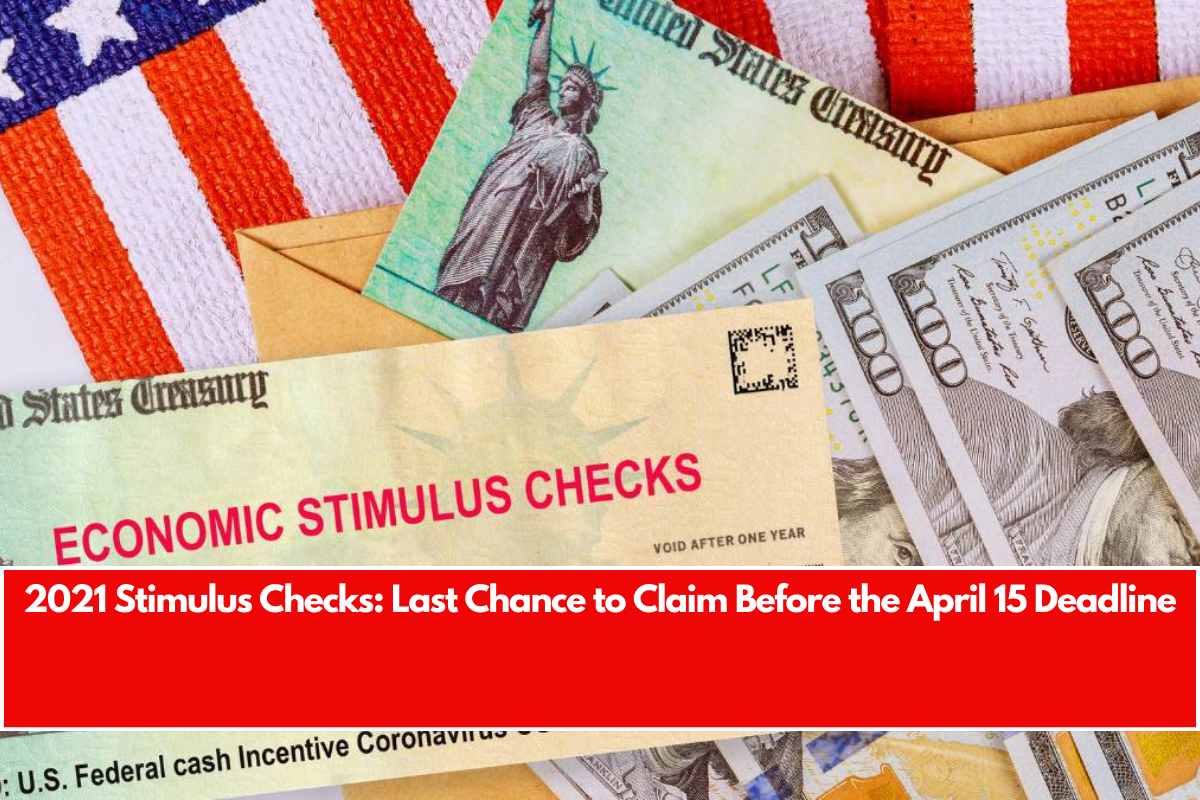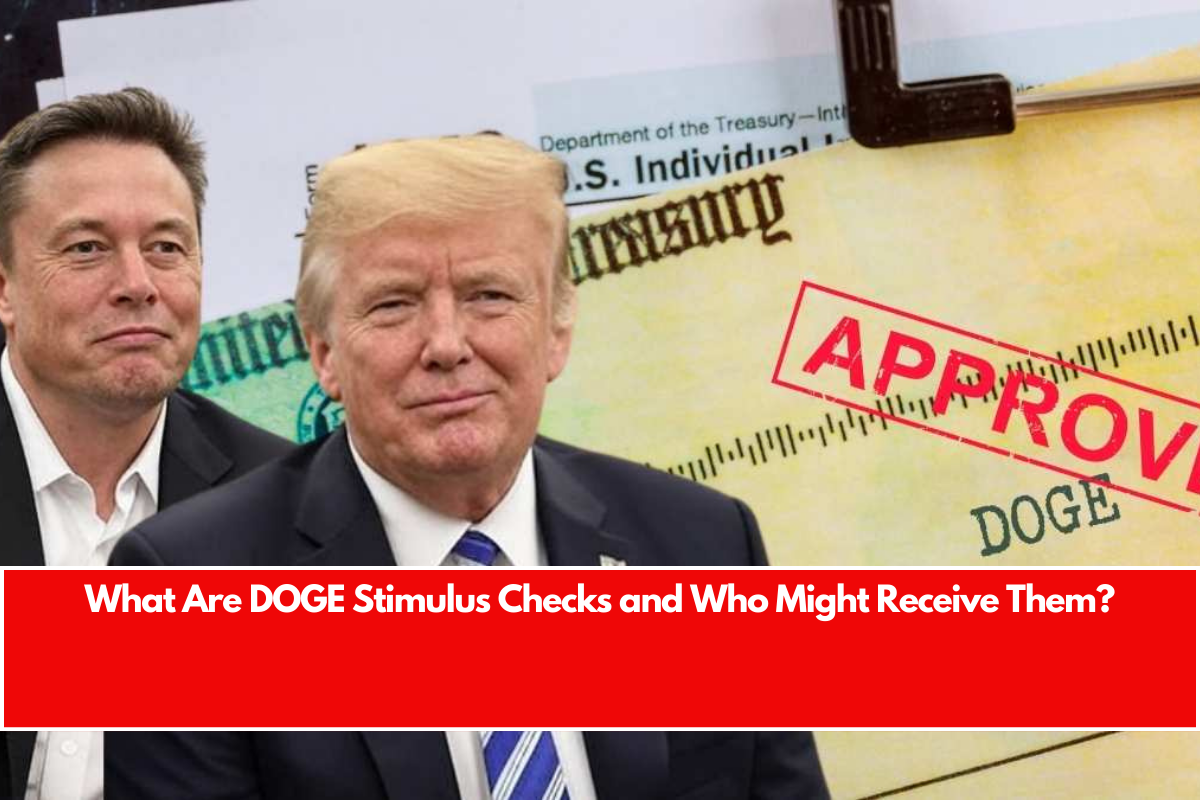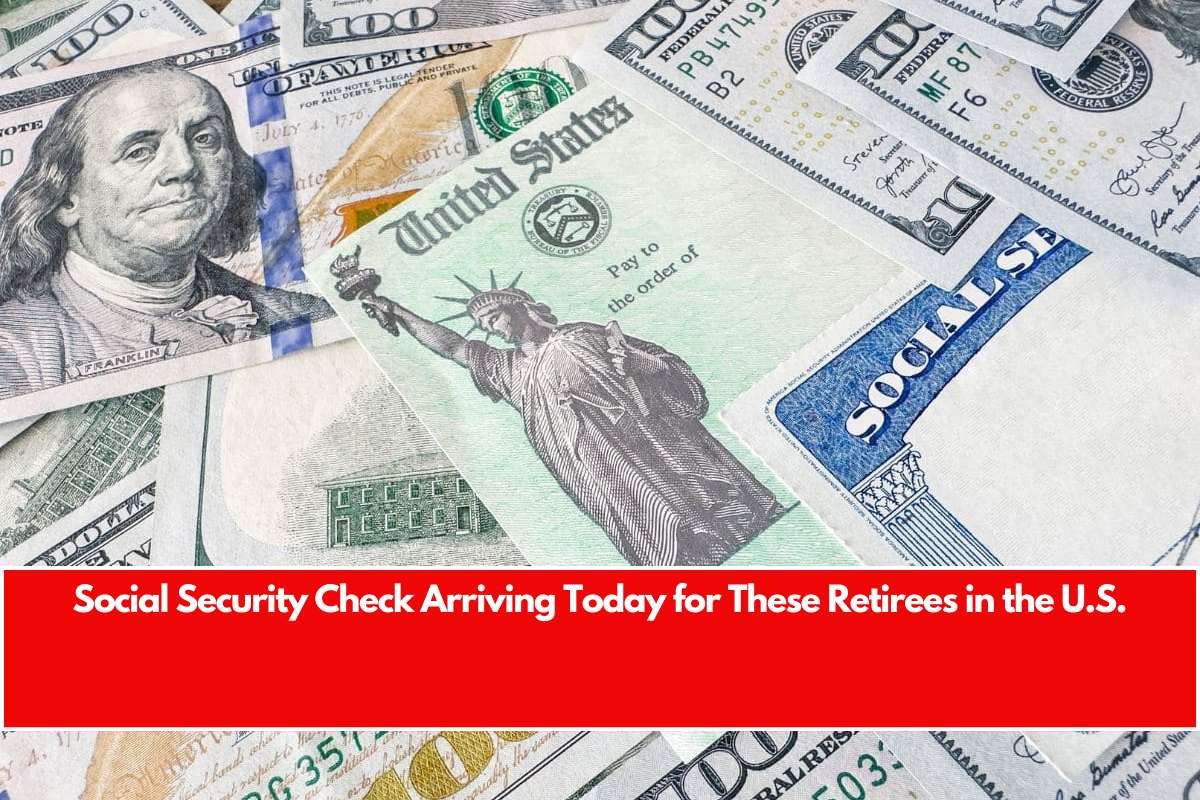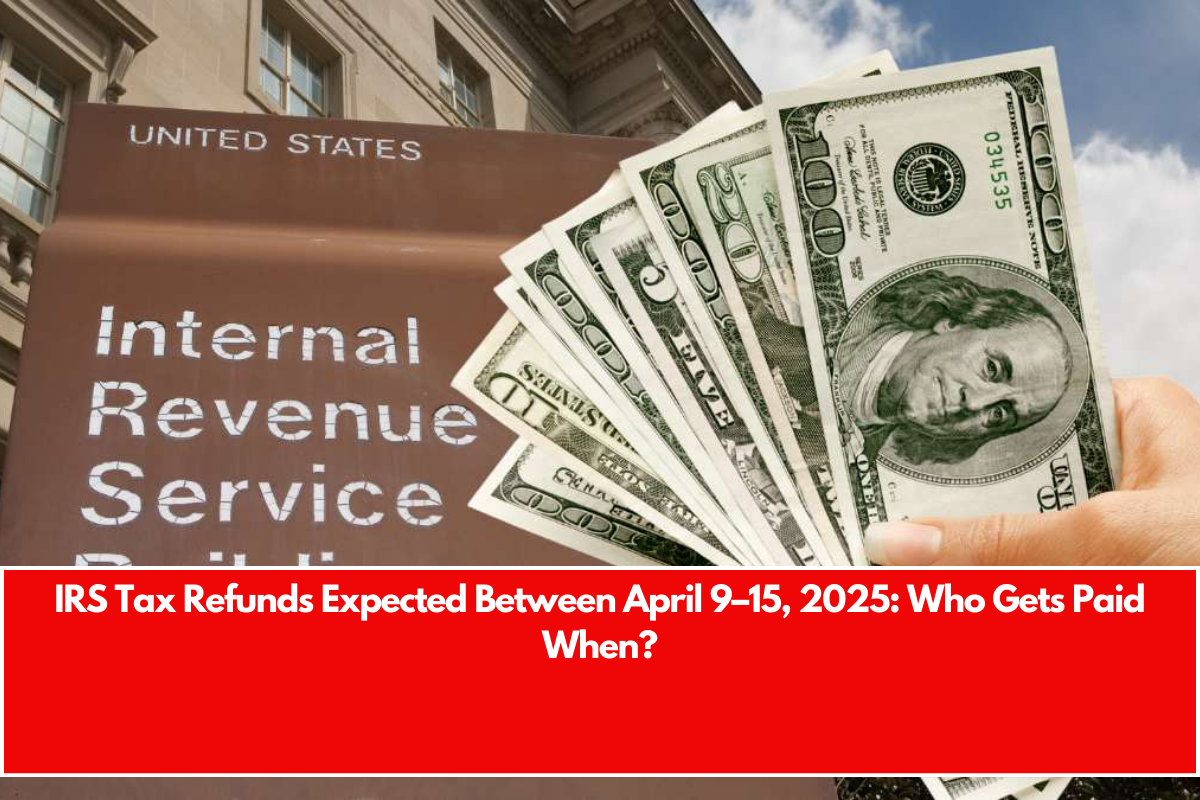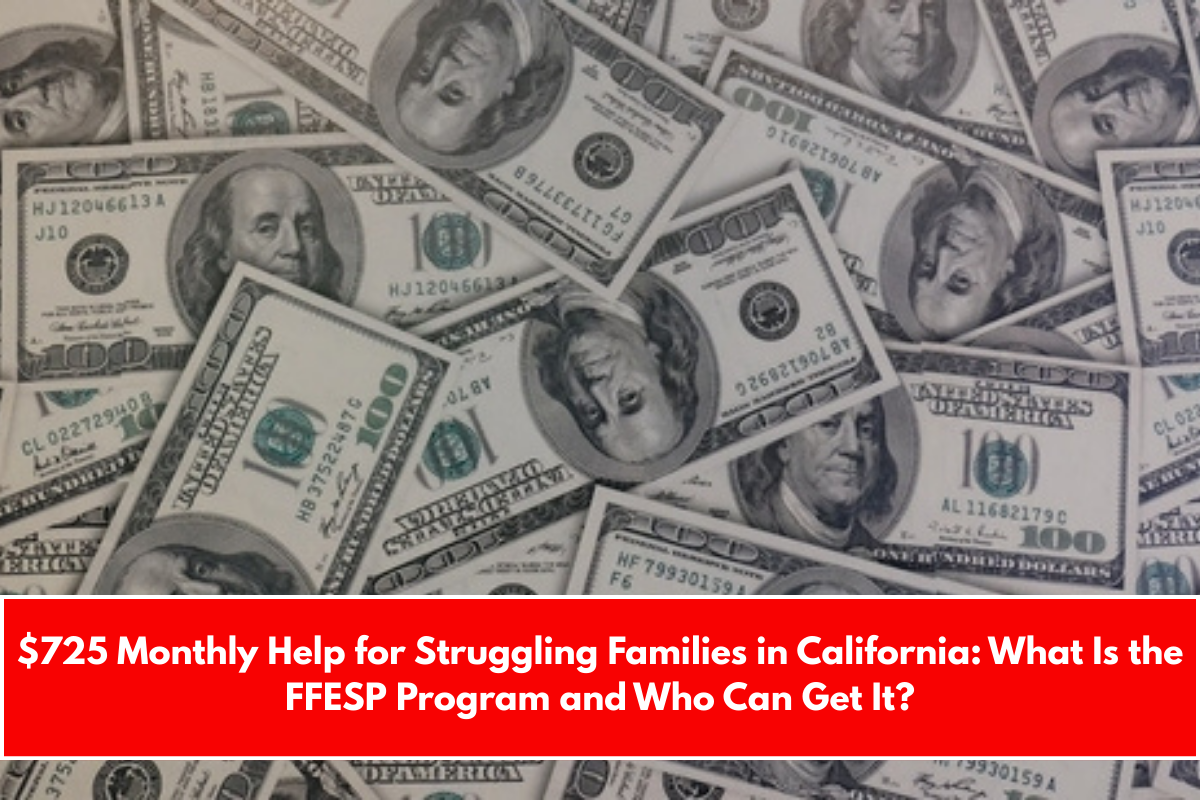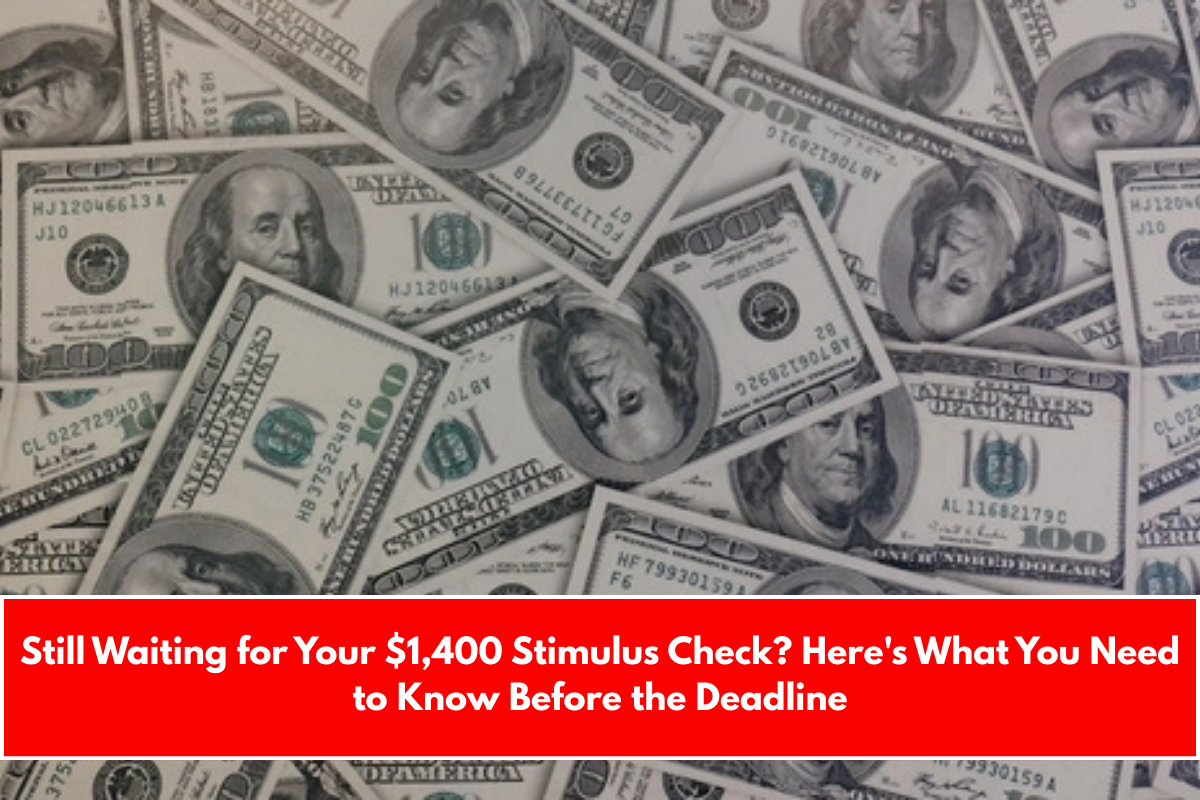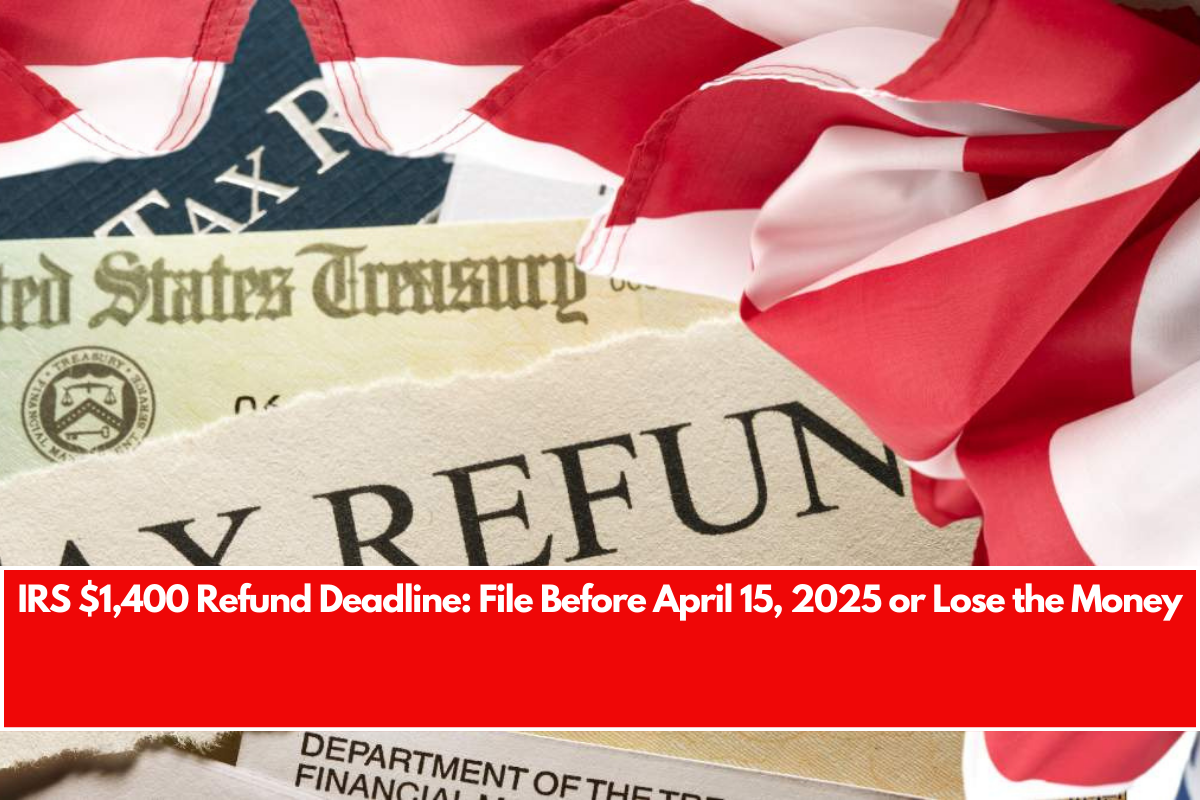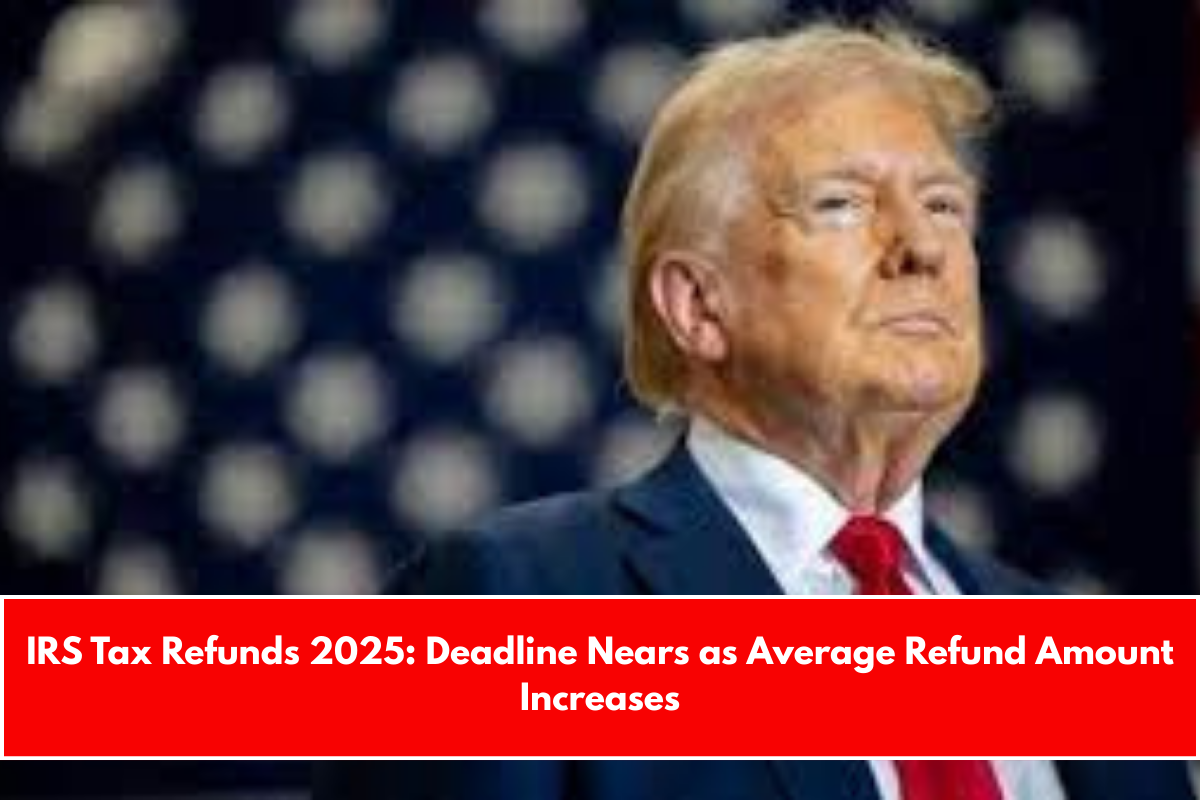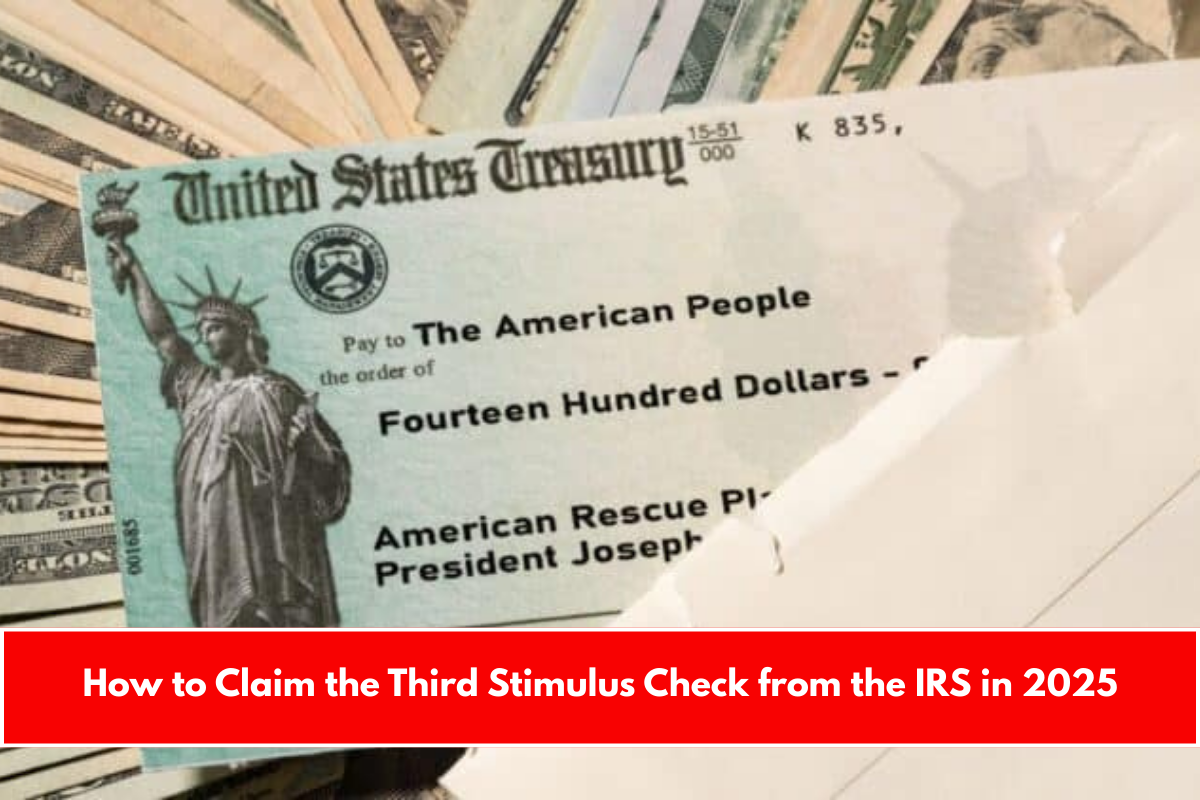In the United States, state Supreme Court elections—once quiet and mostly unnoticed—are now drawing huge money, heavy political fights, and even national attention. A recent example is the Wisconsin Supreme Court race, which attracted a massive ₹830 crore (around $100 million) in campaign spending. This election was not just expensive, but also deeply political, with support and criticism coming from big names like former President Donald Trump and businessman Elon Musk.
Why These Judicial Elections Are Becoming So Intense
Traditionally, judges are supposed to stay neutral and make decisions based on law, not politics. But now, many U.S. states are seeing Supreme Court elections becoming as competitive as political ones. The Wisconsin election is a prime example of this trend, where outside political groups poured in money and ran attack ads.
These courts often make decisions on big issues like abortion, redistricting (how voting maps are drawn), and voting rights. That’s why political parties now see these races as important battlegrounds. In some cases, court rulings can even affect election outcomes.
Kansas Debates Changing Its Judicial Selection System
In Kansas, the Supreme Court justices are currently selected through a system that avoids political campaigning. A nine-member commission reviews applicants and selects three finalists, out of which the governor picks one. This process is considered nonpartisan and focused on merit.
But now, the Republican-led legislature wants to change that. They’ve proposed an amendment that would let voters elect Supreme Court justices directly. This proposal will go to a public vote in August 2026.
Supporters say elections would make the process more transparent and let the public have a direct say. But critics argue that it would open the door to political influence, big spending, and negative campaigns, like those seen in Wisconsin.
The Political Angle Behind the Push
Opponents of the Kansas proposal believe it’s politically motivated. Many Republicans have criticized the state’s top court for rulings that support abortion rights and require more funding for public schools. These critics want to make the court more conservative and aligned with their views, especially since the current governor is a Democrat.
Supporters, including Kansas Attorney General Kris Kobach, argue that the current system is too controlled by lawyers and lacks public involvement. “It is an elitist system,” Kobach said.
What Other States Are Doing
The way states choose Supreme Court justices varies across the U.S. Seven states have fully partisan elections, while 14—including Wisconsin—hold nonpartisan elections. Others use appointment systems, where governors or legislatures pick justices. Some follow a hybrid or merit-based process, often involving nonpartisan commissions.
States like North Carolina and Ohio have added political party labels to ballots in recent years, making their judicial races even more political. In Pennsylvania, another key state, the next Supreme Court election is expected to be heated, with millions likely to be spent.
Is There a Better Way?
Experts say there’s no perfect system. However, some suggest longer terms for judges and removing reelection pressure could help reduce the influence of money in these races. Michael Kang, a law professor and author of Free to Judge, believes reforms are needed to protect the courts from becoming too political.

